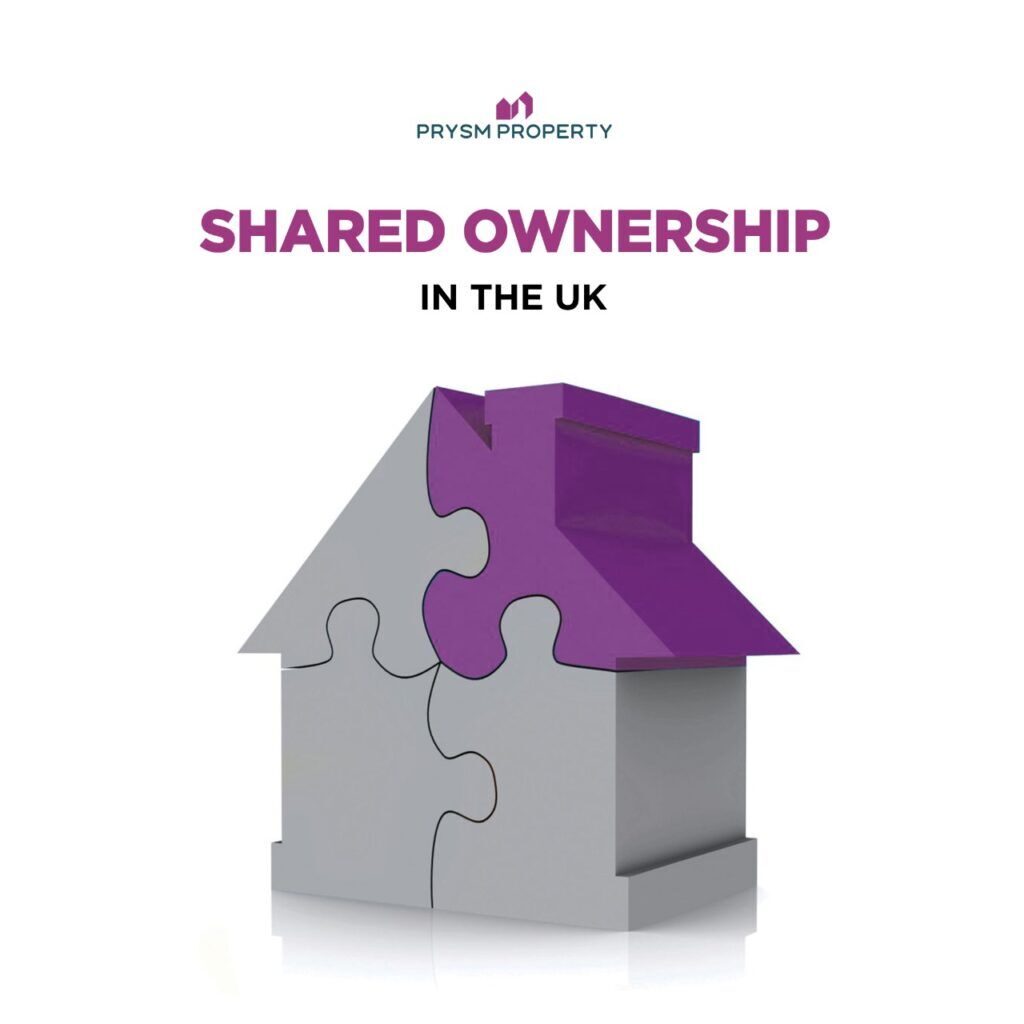Shared Ownership in the UK is one of the affordable homeownership options available for first-time homebuyers. Simply put, in Shared Ownership in the UK, the purchaser pays rent to a landlord on a share of a property while taking out a mortgage on the remaining share.
You might start by buying, say a 50% share in a property from a landlord, and pay rent on the remaining 50%. You then have the opportunity to gradually increase the proportion of the home that you partially own right now by increasing your share and therefore paying less rent on the remaining portion, until you own 100% of the property.
Eligibility Criteria For Shared Ownership
Following are some eligibility requirements that you must meet for Shared Ownership:
● You have to be 18 years old to be eligible to apply for Shared Ownership in the UK.
● Your household income must be less than £80,000/annum outside of London.
● Your household income must be less than £90,000/annum in London.
● You must be a first-time homebuyer or you must be in the process of selling if you own a property already.
● Your financial status should be such that you are unable to afford a suitable home on the open market.
● You must not be in any kind of rent arrears or mortgage.
● You must have a good credit history to afford the costs and regular payments involved in buying a home on a Shared Ownership in the UK.
● You should have some savings (at least £4000) to cover the costs of buying a home.
Note: This figure may vary.
You will be required to pay between 5-10% of the equity share of the property that you are purchasing.
Advantages of Shared Ownership
Shared Ownership in the UK is an affordable way to get on the property ladder as an owner-occupier. It offers long-term stability without overstretching yourself.
● Deposits are normally lower than buying on the open market.
● It makes mortgages more accessible.
● Makes monthly repayments often cheaper than an outright mortgage and private renting.
● Offers an opportunity to buy more shares of the property in the future via ‘staircasing’.
● You can even sell your shares at any time.
● You are normally exempted from paying Stamp Duty land tax on initial purchase.
● Your tenure (usually 99 or 125 years) is secured, unlike private renting.
Disadvantages of Shared Ownership
The biggest disadvantage of this option is that not all lenders offer mortgages for Shared Ownership in the UK. Other disadvantages include:
● As the property price increases, so will the value of the part you DON’T own.
● Even if you own a very small share, you still have to pay 100% of the ground rent and service charge.
● Stamp Duty will apply on the full value of the property once your share in the property equals or exceeds 80%.
● Some properties can become freehold after staircasing to 100% after agreeing with the relevant housing provider but most of them will be leasehold only.
● Such properties are sold on a leasehold basis only while the termed of the lease will be fixed at the very beginning.
● You are restricted on what home improvements you can do.
● If you choose to sell, the new buyer will need to meet all eligibility criteria and will usually need to buy an equal or greater share of the property.
Tenant-Buyer Scheme A Better Option Than Shared Ownership
Now that you have learned what Shared Ownership in the UK is and what are its pros and cons, you better understand Tenant-Buyer Scheme offered by Prysm Property is designed to address almost all the disadvantages of Shared Ownership Scheme has to offer.
You don’t need to be a first-time homebuyer to use our Tenant-Buyer Scheme, unlike the Shared Ownership Scheme. Also, your purchase price is fixed from day one, so you don’t have to worry about increasing property prices.
Follow the link to learn more about Tenant-buyer Scheme And How Does It Work.


